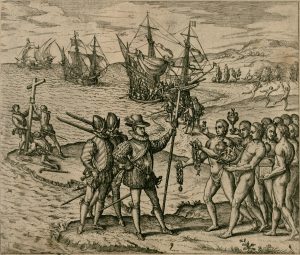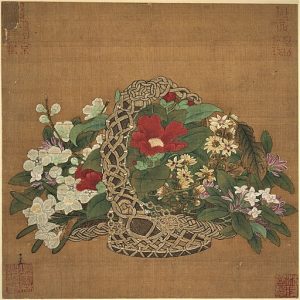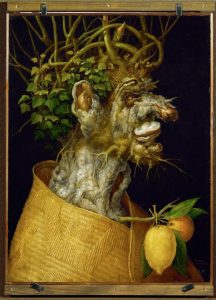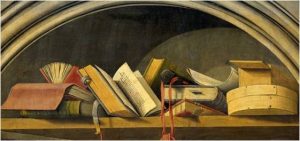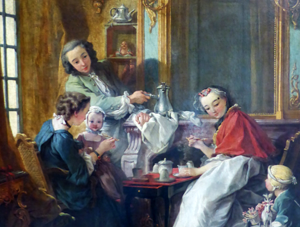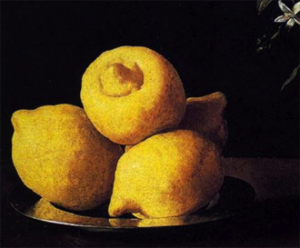“American things: true, metaphorical and anachronistic stories of trauma, colonialism, slavery, racism and social terror, through the ages and the worlds of the hemisphere”: this lengthy title given by Edward Sullivan to his paper relocates our research subject in the current historical context. The author outlines here what he calls his “imaginary exhibition” by ...
# 112 | Still Life, Living Nature | Chang Ming Peng
Chang Ming Peng undertakes a comparative approach between Western Art and Far Eastern Art. In this way, she proposes that we reflect on the status of “the still life” and “things” in one world as well as in the other. Across a few striking examples, she builds bridges while showing the limits to any ...
# 106 | Arcimboldo’s Metamorphoses | Thomas DaCosta Kaufmann
Thomas DaCosta Kaufmann has helped to bring Giuseppe Arcimboldo out of the comfort zone wherein critics had treated him as an ahistorical painter. Kaufmann has contributed toward a critical revision of Arcimboldo’s oeuvre as a whole by placing it back within the context in which Arcimboldo lived and painted, including his connection with the ...
# 93 | Charles Sterling in His Element | Marie Tchernia-Blanchard
Charles Sterling is among those museum curators whose originality is to be rediscovered. Having had to flee Vichy France and the Nazi Occupation during World War II, he never was able to create exactly the kind of exhibition he wanted to organize until the Spring of 1952, when he presented his European retrospective The ...
# 89 | Talkative Objects | Guillaume Faroult
Guillaume Faroult carefully observes the “talkative objects” that appeared at the fringes of eighteenth-century still lifes. At the moment when this quite old genre was receiving its designation in French as nature morte, and despite the French Royal Academy of Painting and Sculpture’s directives, which favored a “good” model for still lifes consisting of ...
# 88 | Invisible Presences | Amaru Lozano-Ocampo
In studying the status of things over the long term, Amaru Lozano-Ocampo lay stress on the transition from the mysticism of the classical age to the secular world of modernity. According to him, the still lifes of the seventeenth century would be the ultimate testimony to a religious sensibility inherited from the Middle Ages. ...
